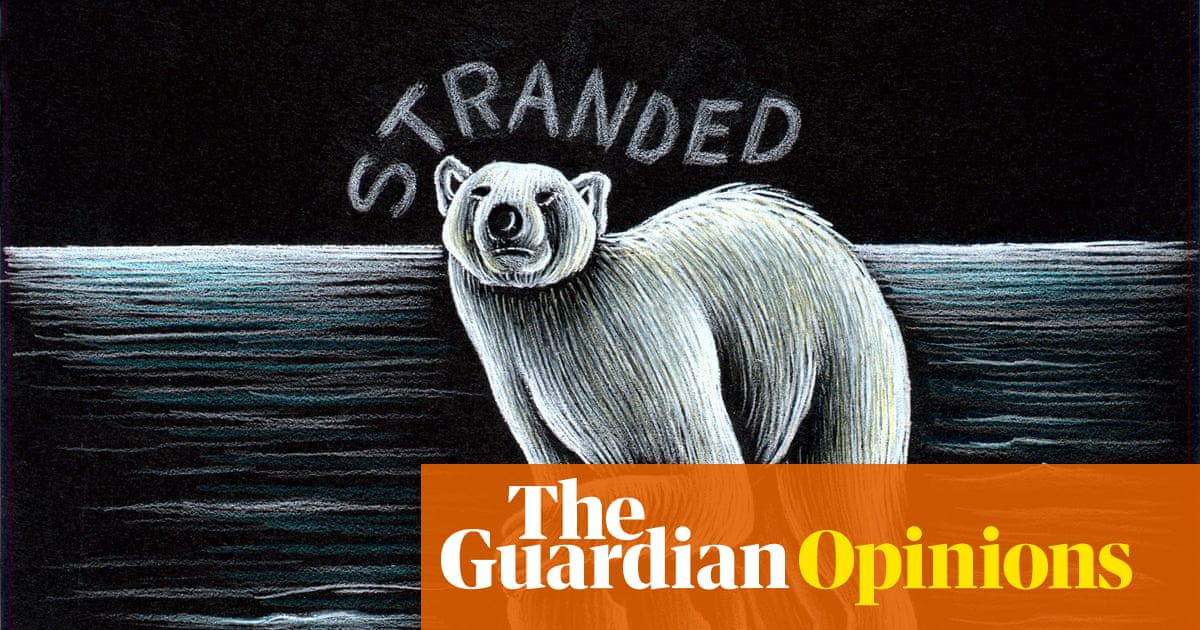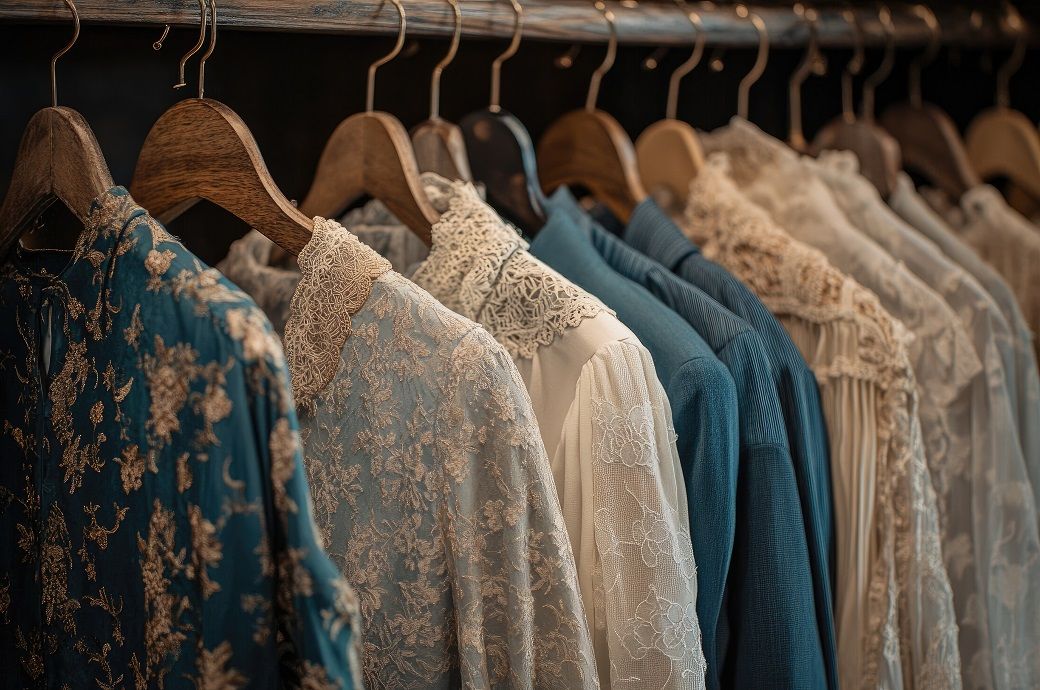World
Art can change the world, but can it save us from climate extinction?

When we think about who gave voice to women during their fight for the right to vote, or their battle to legalise abortion, those in the arts have often been at the forefront. Likewise the Black Panthers in the US civil rights movement and people with Aids shunned by the government. Artists haven’t only captured political shifts – their work has changed vital conversations.
At times, they have even changed laws. Paula Rego’s agonising depictions of women going through unsafe illegal abortions helped sway public opinion in Portugal’s 2007 referendum on legalising the practice. The one-woman show Prima Facie, by Suzie Miller, about a female barrister and sexual abuse survivor, exposed flaws in the law when it comes to rape victims. By asking the accused if consent was given, it influenced a senior British judge to rewrite the direction read to the jury during rape cases. Art and artists can have a huge influence.
Right now, the climate emergency is one of the most pressing crises the world faces. In the UK, 2022 and 2023 were the hottest and second-hottest years on record. A wet spring has caused potato shortages, triggering increases in food prices. And, as the 2022 UK Climate Change Risk Assessment lays out, there are increasing risks to livestock, soil health, freshwater habits, food chains, human health and wellbeing. How can artists push conversations and persuade people to take action about these problems?
In 1984, Agnes Denes drew attention to capitalist greed and the gap between the urban and rural environment by planting and harvesting a two-acre wheatfield in Battery Park, Manhattan. Four months in the making, it highlighted mismanagement of land and, as the artist said, “our misplaced priorities and deteriorating human values”. Judy Chicago’s drawing series, The End: A Meditation on Death and Extinction, part of her current show at the Serpentine in London, depicts flora and fauna under threat of extinction, giving a voice to nature that is slowly being eaten away by this crisis.
While it’s important that artists of all kinds document what is happening, urgent action is required too. I recently went to the launch of Murmur, a climate initiative and grant-providing scheme pushing for the decarbonisation of the arts and music industries. While some artists have been doing this work for a long time, it’s important for them to harness their influence. As founder Victoria Siddall, the former director of the Frieze art fair, stresses: “Art and artists have a special power to inspire people.”
It is sad that we need these organisations. But their existence is a result of the dangerous lack of activity from our current government. The prime minister downplayed the climate crisis in the Conservative manifesto and has U-turned on his strategy, prioritising cost over the planet. Nor does he seem to fully recognise that high oil and gas prices are driving the cost-of-living crisis. All this despite a public letter signed by 408 scientists urging party leaders to make climate a top priority. “It is very clear,” they wrote, “that a failure to tackle climate change with sufficient urgency and scale is making the UK and the rest of the world more dangerous and insecure.”
On Saturday, London Climate Action Week began, packing the city full of events and discussions about how we can do better, and next week’s general election is the most crucial vote of our generation. In these times, we need to use all the resources we can to shift the conversation and take action. Like Suzie Miller changing judges’ directions or Paula Rego influencing Portuguese law, art can be a powerful tool. But individuals, leaders and organisations must use their influence, too.
after newsletter promotion
Climate must be prioritised. If not, what will artists of the future have to document? Will there even be any? You can’t document extinction if you’ve ceased to exist.









